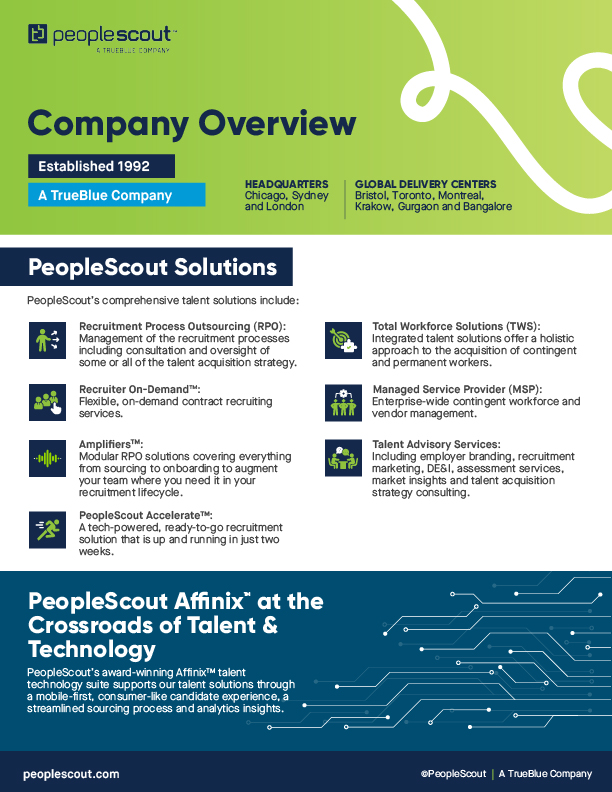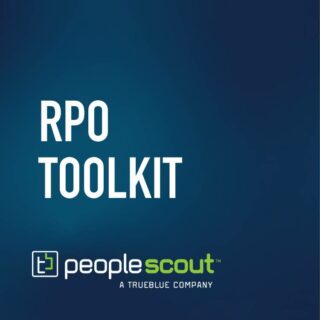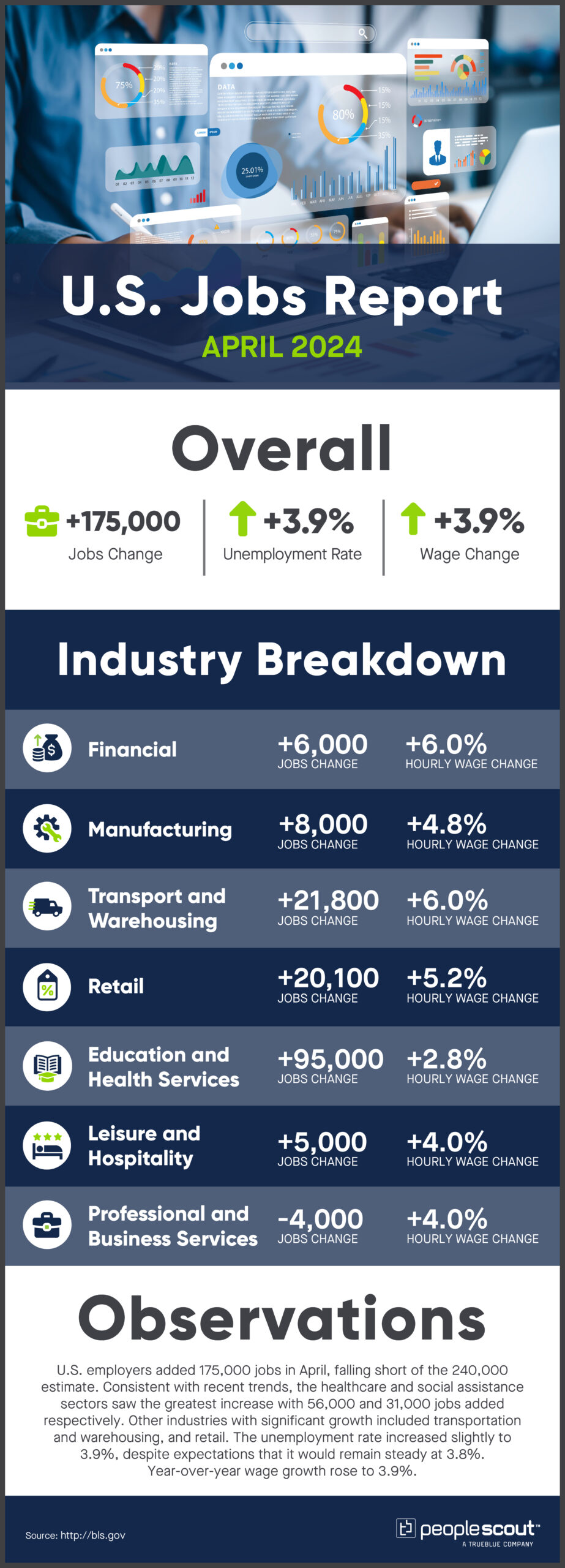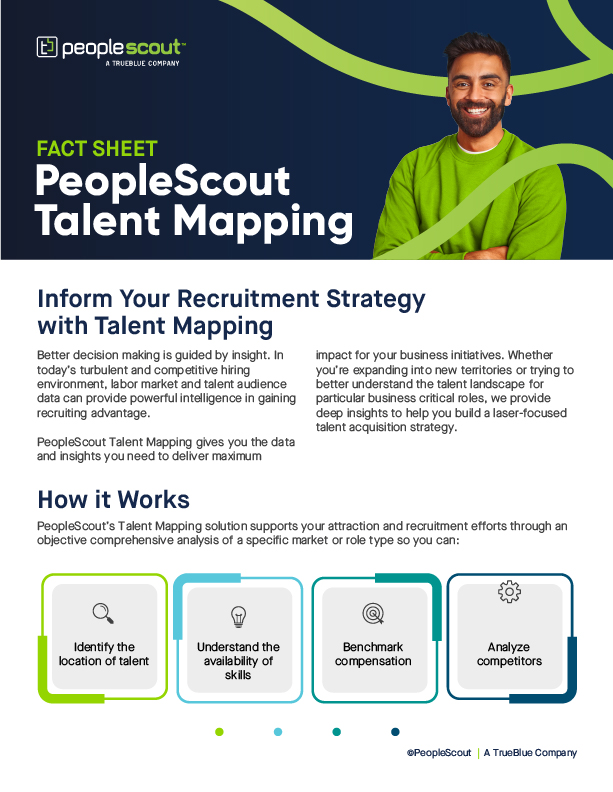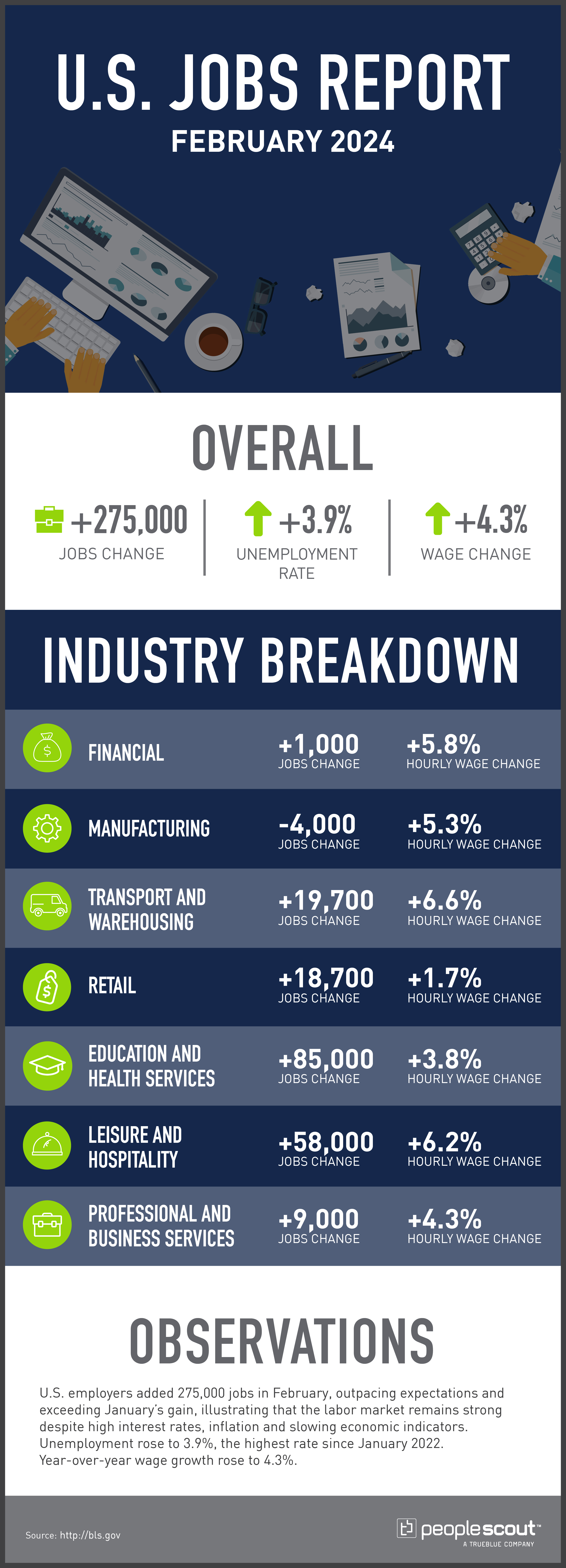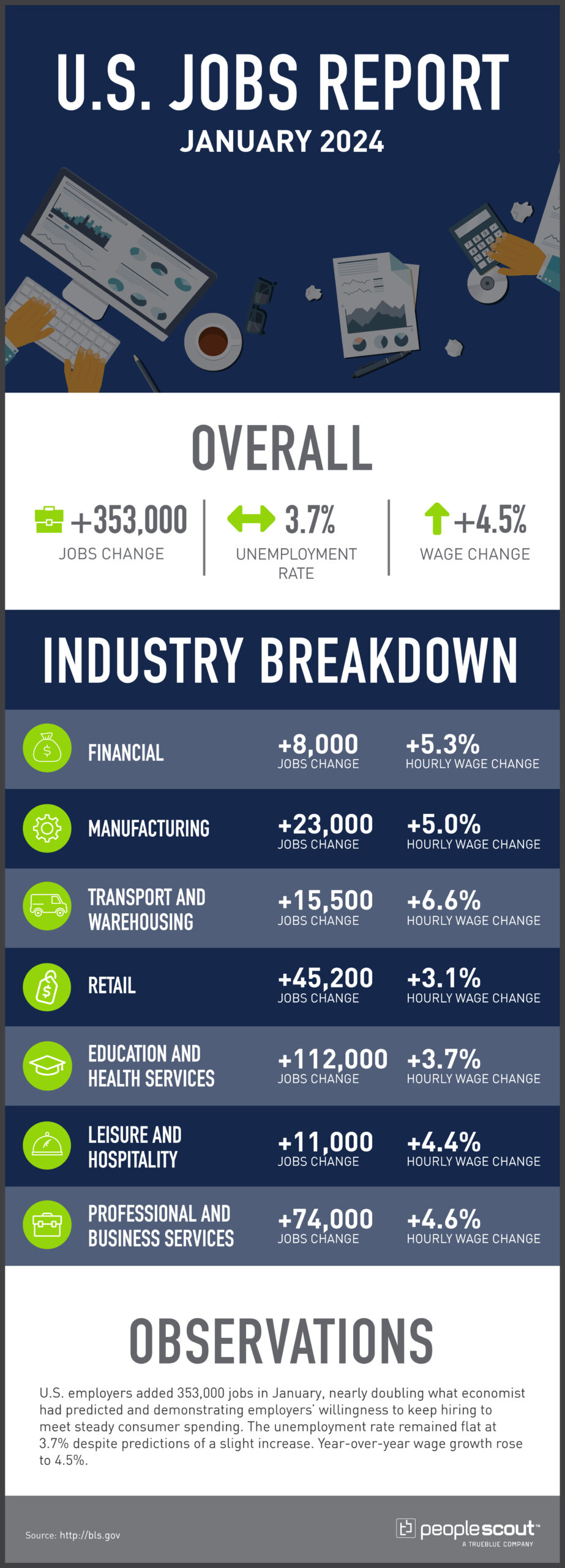
Situation
This global beverage manufacturer and distributor engaged in an internal strategic review of their corporate vision and purpose, which led to looking at their corporate brand and strategy for the future. The company’s people and culture team delved into how to ensure everyone in the organization is aligned with the strategy and how they could contribute to the business’s future success. Having developed a global employer value proposition (EVP) to support the strategy, a critical part of the roll out was to ensure it resonated with the specific cultural nuances of the APAC labor market, spanning such diverse countries as China, Japan, South Korea, India and Vietnam.
The client engaged PeopleScout’s Talent Advisory team to localize their overarching EVP and employer brand to make it relevant for the candidate audience in each APAC market. It needed to be flexible in order to help them navigate cultural differences, target specific talent segments and address local recruiting challenges.
The majority of the organization’s recruitment in APAC is for early careers and graduate talent, with roles in sales, marketing, product development, technology, consumer insights and more. There were five main challenges at play:
- Emerging talent viewed working for this organization as a short-term option, not as a destination for a long-term career. Misperceptions about consumer goods brands in the region meant that people saw the beverage manufacturer as a place where early careers talent thrives, rather than where all talent thrives.
- In some Asian markets, there’s a lot of pressure on early careers employees to choose the right career. The consumer goods industry is not seen as a prestigious career path.
- Cultural sensitivities around alcoholic beverages—which this client specializes in—created an additional challenge to overcome in some of their Asian markets.
- The beverage manufacturer owns a portfolio of multiple well-known consumer brands and different brands are stronger in different markets. But, the client’s corporate employer brand itself is not well known. They needed to find a way to capitalize on their consumer brands to create recognition for their employer brand.
- The beverage manufacturer was struggling to recruit for emerging roles in fields such as digital and data science, as their brand was not associated with these types of jobs.
We set out to create a new employer brand that would help the client better manage candidate expectations, inject authenticity into their messaging and solidify what they had to offer emerging talent in APAC.
Solution
We started with a comprehensive exploration of data from multiple sources including competitive analysis, industry benchmarking, employer review sites, campus surveys, employee engagement surveys and exit interviews. Through the rigorous analysis of qualitative and quantitative data, we identified gaps and opportunities for each market.
We also conducted visionary interviews with leaders in APAC to understand how they were executing the corporate strategy locally and how local culture in their various markets would impact this vision. This helped us to understand the aspiration for the employee experience and the behaviors that the business needed to achieve success.
Then, we spoke to employees across key talent groups and demographics through a series of focus groups to understand their real working experience. From conducting previous projects in Asia, we knew that we had to be creative in the ways we gathered insights to respect cultural norms while still gathering good intel. We came away with a clear picture of what attracted and motivated talent across career stages and cultures as well as what could lead to attrition.
With this in hand, we built an EVP framework that laid out the “give and get” for employees in each market. The framework was designed to leverage the corporate EVP whilst being flexible enough to resonate in each country. Certain messages could be dialed up or down to match the attractors and motivators for talent in each country. We rigorously tested the framework with employees in each market to stretch and test each brand pillar and ensure the EVP was both robust and future-proof.
The next stage was to bring the employer brand to life with a universal creative platform for the APAC business tied to the manufacturer’s consumer brands in markets where the group brand was unknown.
To create sharable content for the client’s careers site and social media channels, we interviewed more employees, gathering stories to boost authenticity through both written and video content.
Outputs
As a result of the employer brand engagement, PeopleScout produced the following outputs for the beverage manufacturer:
- A robust, validated EVP framework with clear promises for talent in each Asian market.
- Insights into key attractors and motivators for each talent segment to inform their future sourcing strategy.
- An employer brand and messaging framework to inform talent attraction campaigns.
- Localized recruitment marketing toolkit for each country to activate their new employer brand for various languages and cultures.
- A roadmap for people and culture initiatives to drive employee engagement and retention.
- Recruitment marketing collateral to support campus recruitment in China for the next academic year.
At a Glance
- COMPANY
Global beverage manufacturer - INDUSTRY
Consumer Goods - PEOPLESCOUT SOLUTIONS
Talent Advisory - LOCATIONS
China, Japan, South Korea, India and Vietnam
